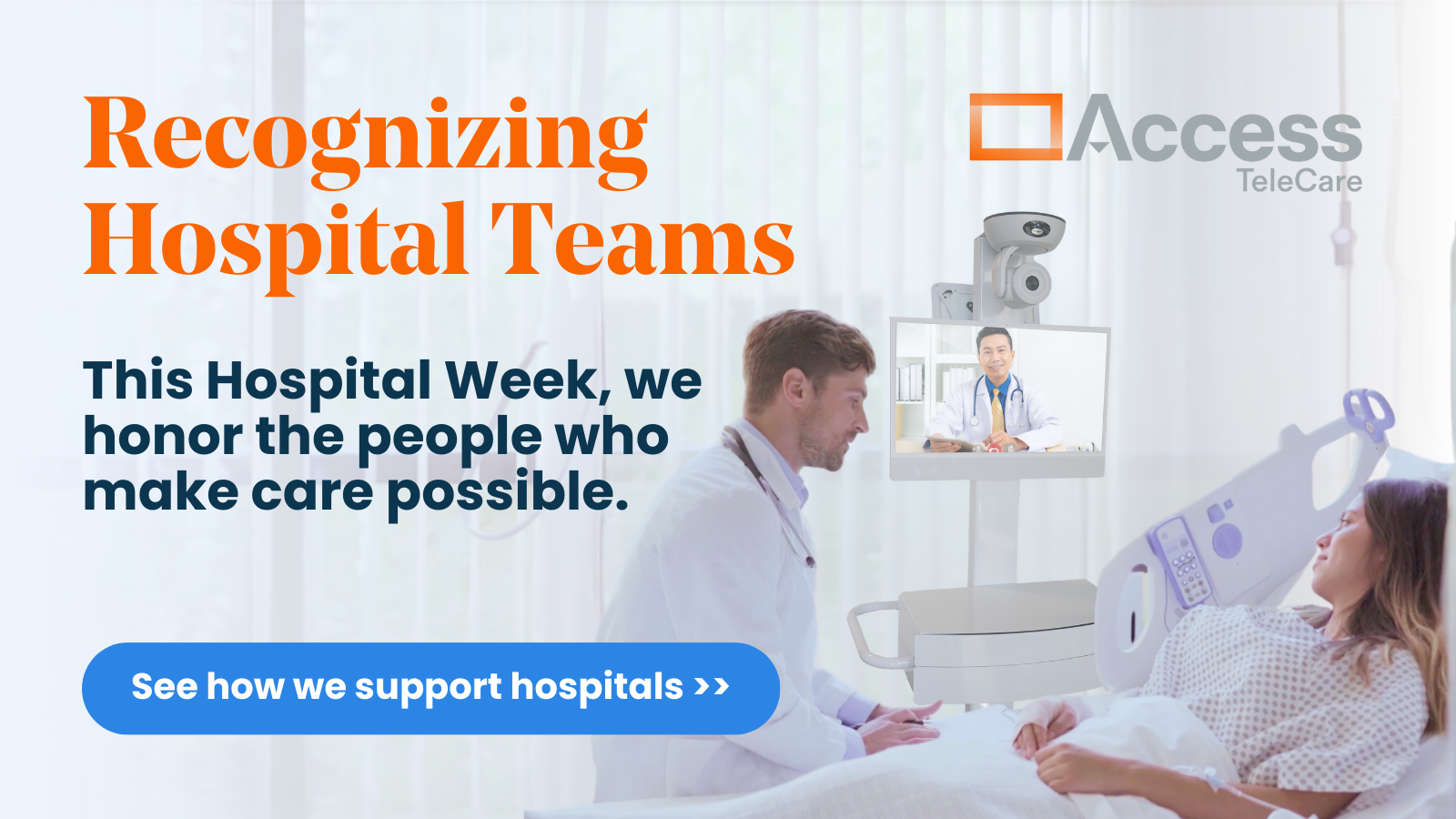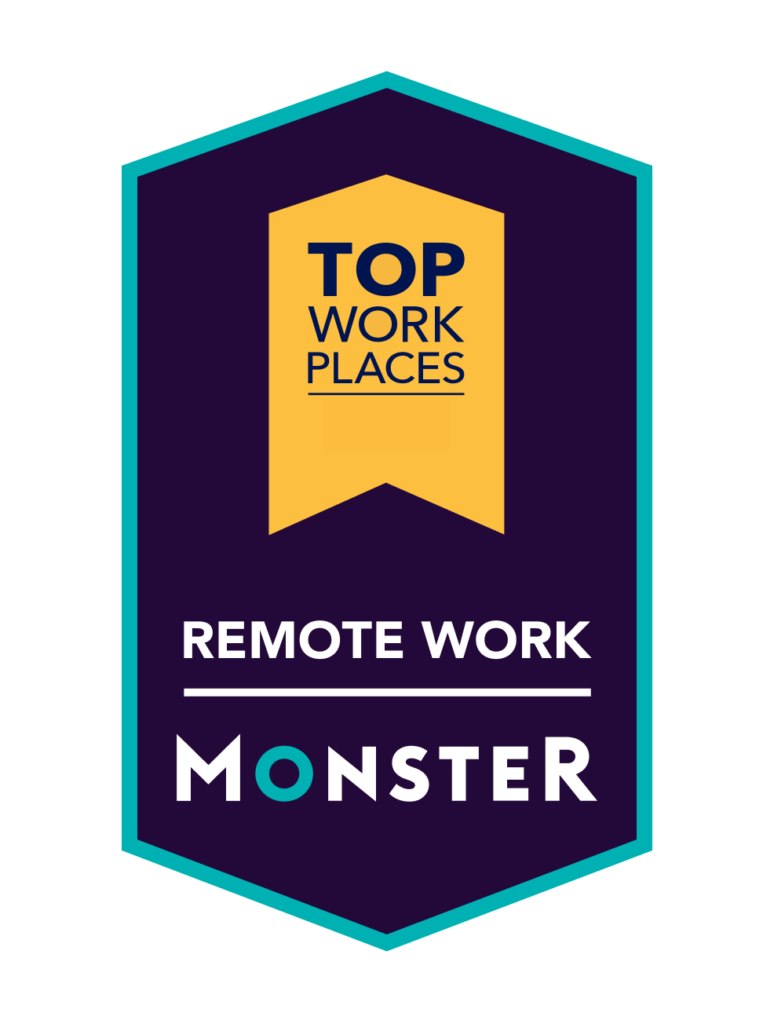Credentialing, licensing and privileging (CLP) is a long and resource-intensive ordeal for all physician practices and hospitals. Telemedicine companies are no exception. There is a great deal of variability in requirements and procedures from each state, licensing board, and hospital. What is different for telemedicine companies is the sheer volume of physicians in the process.
SOC Telemed (SOC) has a 200+ physician practice that provides telemedicine consults to patients in more than 450 hospitals across the U.S. Physician credentialing for telemedicine is a crucial part of ensuring SOC’s high standards of care. Rebecca Kish, VP of Provider Network Operations, CLP, oversees this essential activity for SOC Telemed, driving as much efficiency as possible.
“Collecting absolutely all the data we can at the beginning is the key to streamlining the CLP process.” – Rebecca Kish, VP of Provider Network Operations, CLP
Telemedicine Credentialing Process
The telemedicine credentialing team verifies physician education, residency, board-certification, work history, and other credentials. SOC collects a mass of information at this stage, using an online tool to access and compile data from 2000+ primary sources, as well as other research methods. There are even hospital- or health system-specific requirements that must be met. Employees must be detail-oriented, analytical, and dogged in their approach. Ideally, credentialing takes about 60 days. But, it can take a lot longer, and the factors are mostly out of SOC’s control.
Once all verifications have been completed, the credentialing team makes their recommendation to the medical executive committee. The committee reviews the verifications, and may have additional questions for the physician. When the committee is satisfied, they invite the physician to join the practice. While physicians are very familiar with the process, it can still be arduous. Just like in other physician practices or hospitals, not everyone makes the cut.
Once a physician is approved to join the practice, the licensing team is responsible for getting the physician licensed in a dozen states, which all have their own state licensing boards. Physicians may be required to take additional online and even in-person training (depending on state requirements). The licensing team must exercise a lot of patience as they wait for responses from multiple states. It can take up to two years to be licensed in an individual state. And that licensing must be renewed every two years.
After licensing, the physician must be privileged at individual hospitals. Many hospitals use the verification documentation SOC has already collected. This is known as “credentialing by proxy.” When a new hospital comes online with SOC, they privilege multiple physicians at the same time. The SOC privileging team must contend with resource-challenged hospitals, who may only have one or two staff members. This can create yet another bottleneck in the process.
“Our Credentials chair was singing SOC’s praises at our Medical Executive Committee because of the ability to have a proxy agreement and how easy it is to approve physicians. We know first-hand that being Joint Commission accredited is a lot of work but we were thrilled when we found out that SOC was.” — Lisa Southard, CPCS, Medical Staff Coordinator and Credentialing Specialist
Other Credentialing, Licensing, and Privileging Challenges for Telemedicine Companies
Beyond volume of physicians, telemedicine companies face some other unique challenges in credentialing, licensing and privileging their physicians. State licensing laws and regulations require physicians to be licensed in the same state as the patient, even if they are already licensed in their own. Some states have adopted clinical practice rules with higher specifications for telehealth than in-person care. The American Telemedicine Association would like the U.S. to remove licensing board barriers to telemedicine, saying that they inhibit patient access and choice.
“Such state-by-state approaches inhibit people from receiving critical, often life-saving medical services that may be available to their neighbors living just across the state line.” – American Telemedicine Association
States have tried to address the issue of interstate licensure. The Interstate Medical Licensure Compact (IMLC) is an agreement between 22 states and the 29 Medical and Osteopathic Boards allowing licensed physicians to qualify to practice medicine across state lines within the Compact. The IMLC mission is “to increase access to health care for patients in underserved or rural areas and allowing them to more easily connect with medical experts through the use of telemedicine technologies.”
The IMLC is not fully-operationalized nationwide, and there are some concerns about it. One, only physicians who belong to either the American Board of Medical Specialties (ABMS) or the American Osteopathic Association’s Bureau of Osteopathic Specialists (AOABOS) are allowed to participate. Given that these are both private organizations, the Compact could be seen as anti-competitive and monopolistic to other certification groups, including the American Board of Physician Specialties. Two, the Compact is seen as potentially eroding state sovereignty. This is because the Compact establishes a representative Commission (two delegates from each state) and could adopt rules that supersede an individual state’s medical practice act. This has been an active topic in many state legislatures for several years.
Kish is hopeful that there will be more licensing standardization across states in the future. “It would be great to eliminate the waste of time and resources on so many duplicative verifications. But, we have great processes in place that have streamlined this for us. Our client hospitals are always impressed with our accuracy and thoroughness. It really heightens the trust in our physicians.”
SOC Telemed has over a decade of experience in credentialing, licensing and privileging physicians for telemedicine. We have a few other best practices we can’t reveal in this blog. Let us know how we can help you build, expand or optimize a telemedicine program.








